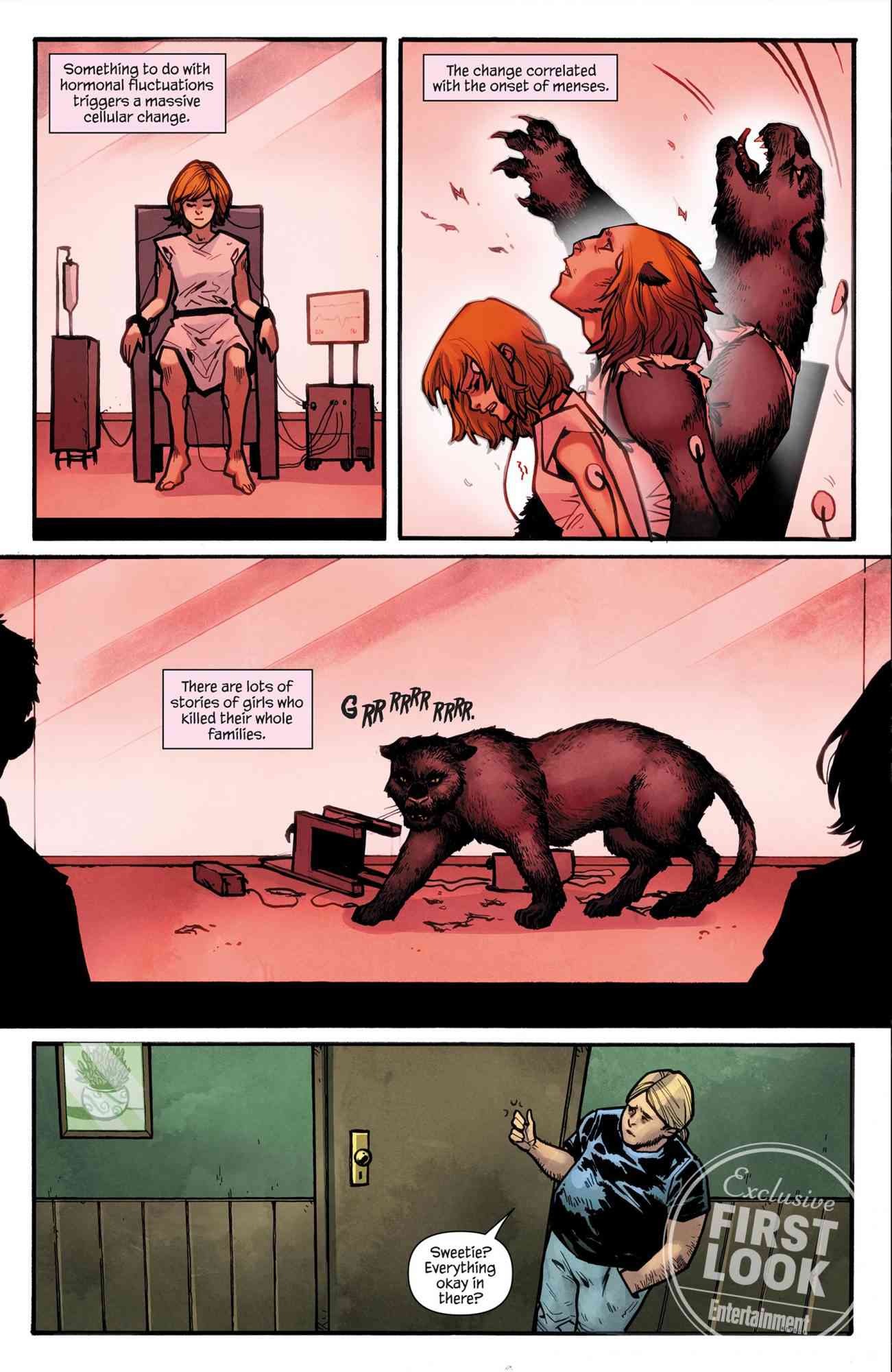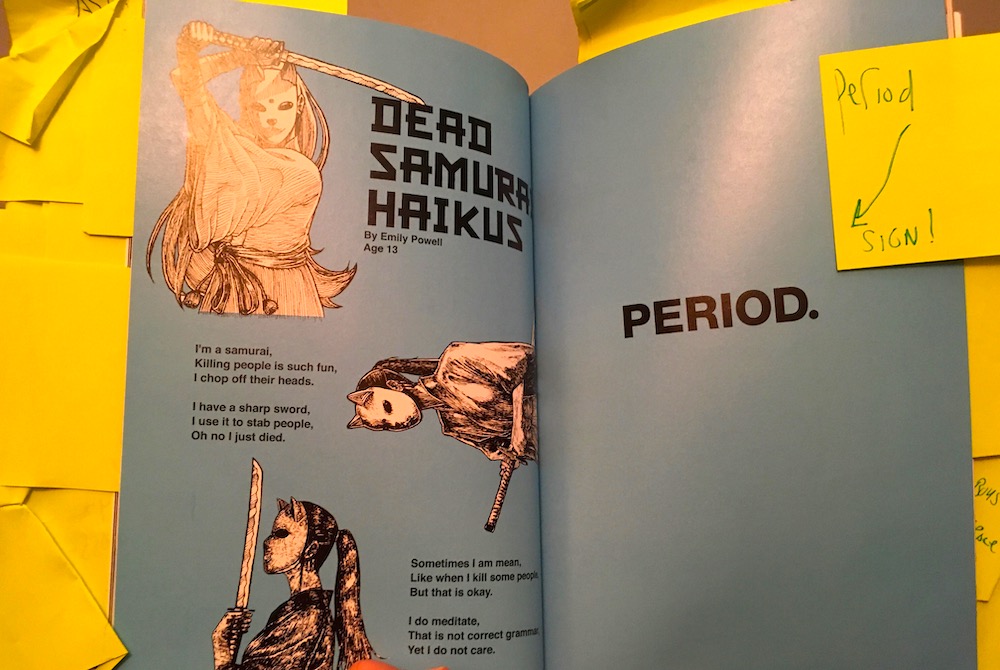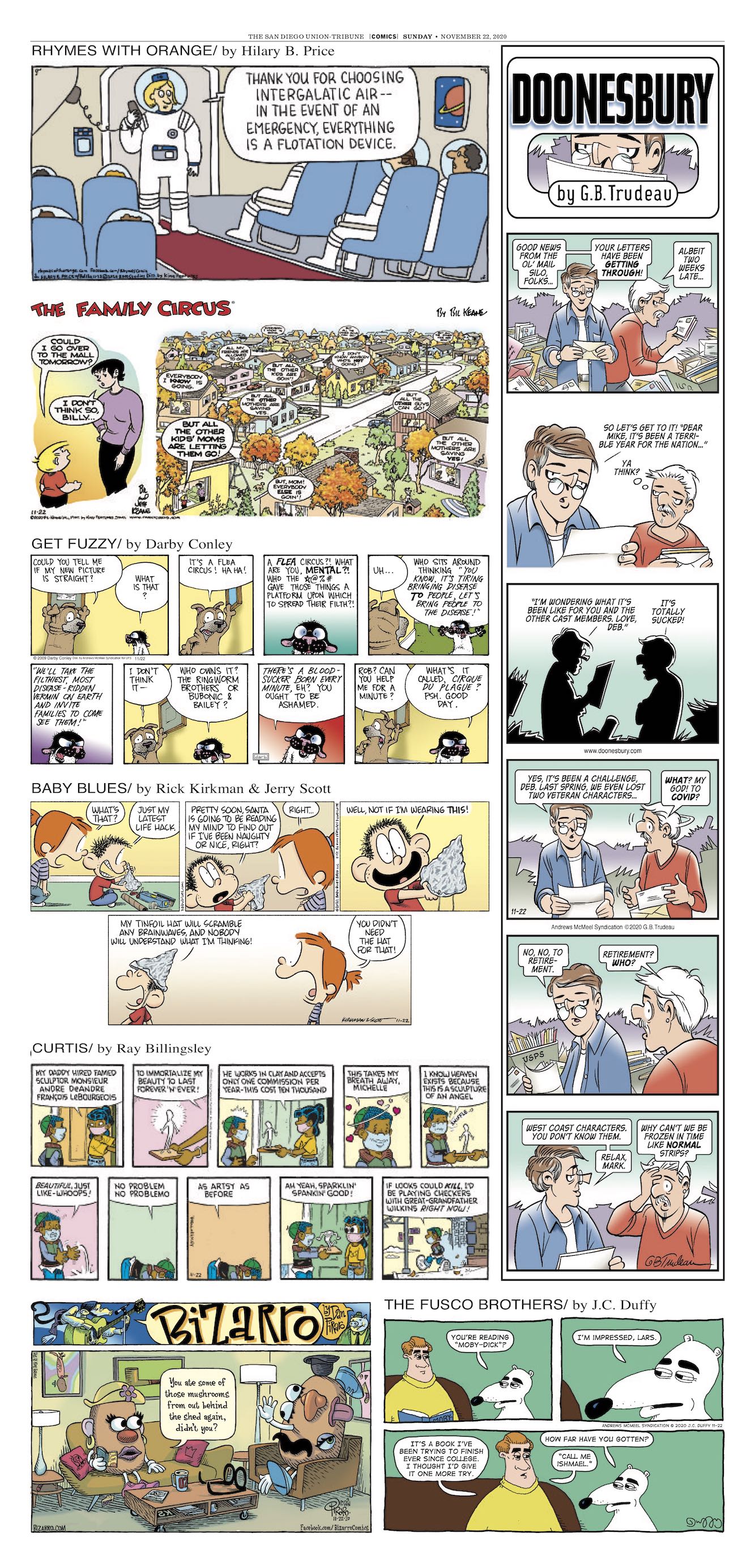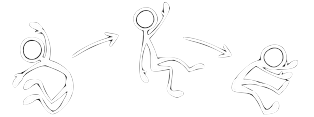 Jump to the latest assignment! |
|||||||||||||||||||||||||||||||||
|
The Daily Lineup
(A
day to day calendar of key assignments to keep you
up to date as the semester progresses.)
|

Easier to read; more pictures; more better!
|
||
Thursday, October 1, 2020 |
||
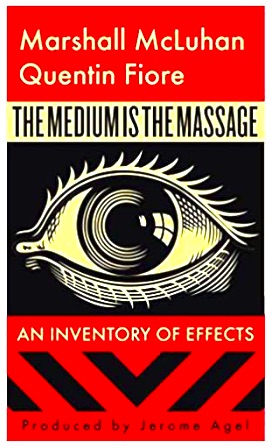 Finish Reading McLuhan
THE MEDIUM IS THE MESSAGE and read the first two
chapters of Dan Clowes's GHOST WORLD. In class we
will, of course, discuss what Clowes is up to in his
magnificent modern graphic novel classic, but we
will also concern ourselves with the overlap between
the world view of Marshall McLuhan and Clowes
himself. Can it be that GHOST WORLD is an
examination of living in a world where the MEDIUM IS
THE MESSAGE? Finish Reading McLuhan
THE MEDIUM IS THE MESSAGE and read the first two
chapters of Dan Clowes's GHOST WORLD. In class we
will, of course, discuss what Clowes is up to in his
magnificent modern graphic novel classic, but we
will also concern ourselves with the overlap between
the world view of Marshall McLuhan and Clowes
himself. Can it be that GHOST WORLD is an
examination of living in a world where the MEDIUM IS
THE MESSAGE?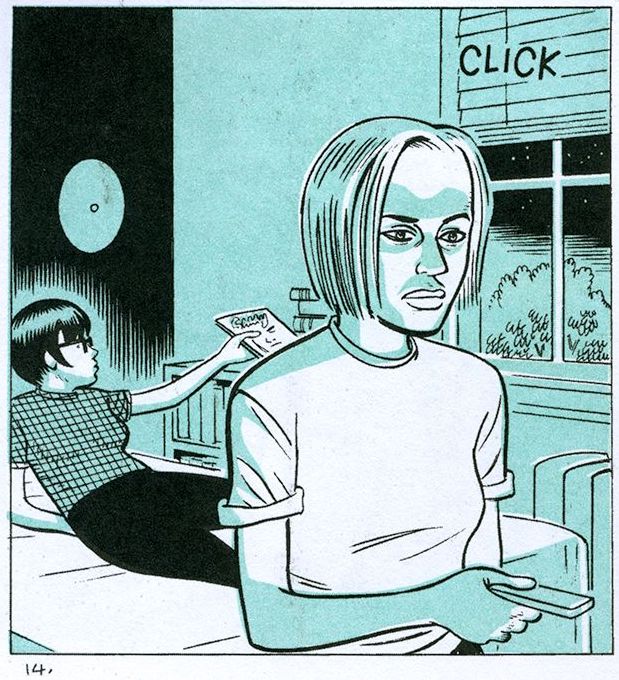 |
||
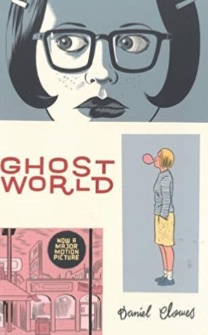 Finish Reading Dan
Clowes's masterwork GHOST WORLD. Finish Reading Dan
Clowes's masterwork GHOST WORLD.In a sense, we are finally ready to read a graphic novel--our sensitivity to the human subterranean by Freud and Kafka, to the magic duplicity of images by Berger and Company, sensitized to the ciphered and hypnotic mesmerizing (and masked) logic of media (thanks McLuhan), we are ready now to plunge into the multiple levels of "fun" that is GHOST WORLD. 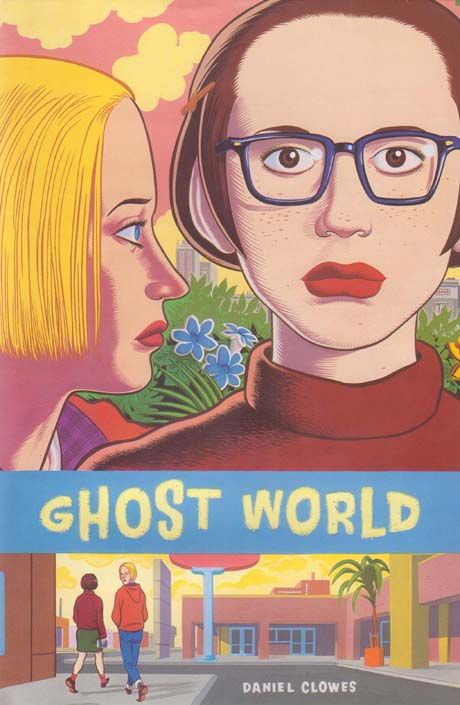 |
||
|
Thursday, October 8, 2020 |
||
No class today! Use the time to catch up
on your reading and to re-read works we went over
earlier in the semester.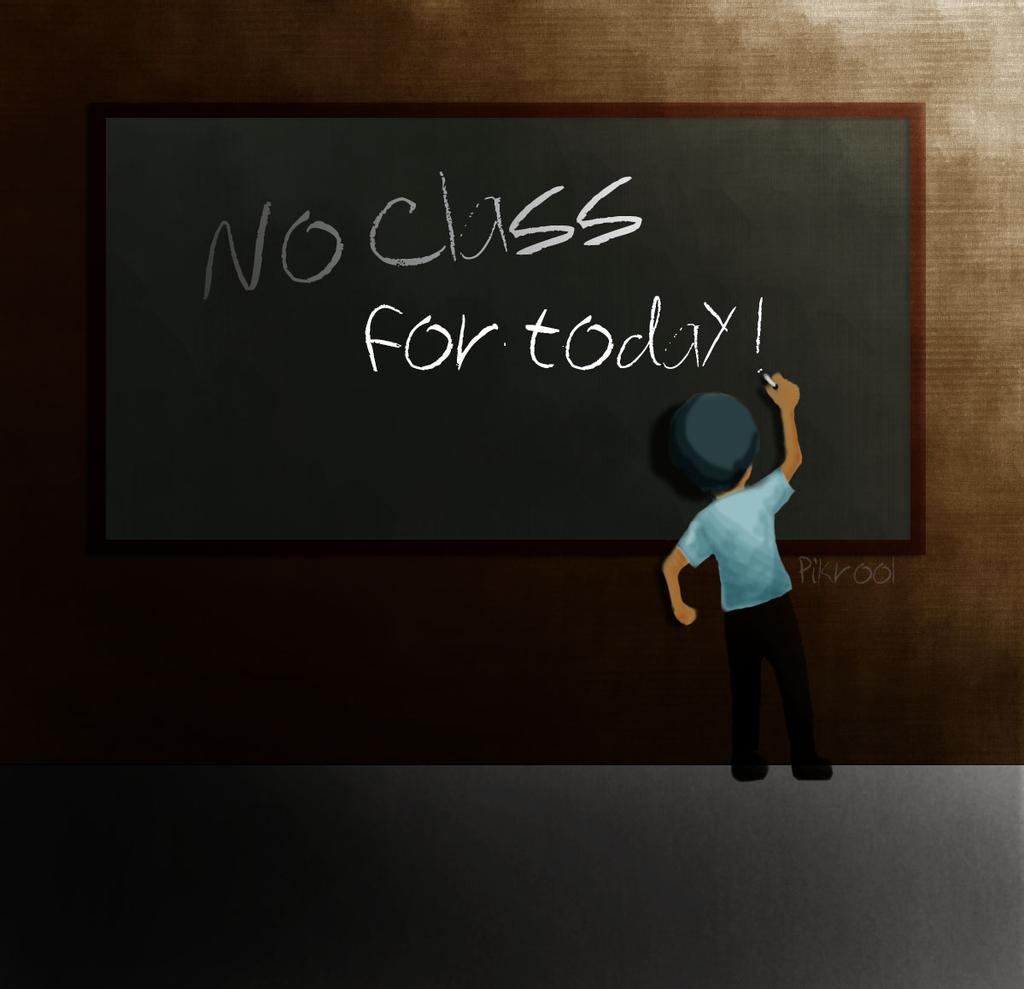 |
||
 Fire up your
zoom machine and hop into our virtual
classroom--before you do so, you will have read up
to page 180 in Frederick Luis Aldama's LATINX
COMIC BOOK STORYTELLING. Fire up your
zoom machine and hop into our virtual
classroom--before you do so, you will have read up
to page 180 in Frederick Luis Aldama's LATINX
COMIC BOOK STORYTELLING. An in-class quiz will take place at some point during class, so please be sure to have prepared accordingly. As you read, identify one of the cartoonists you would like to meet someday based on their interview; next, go 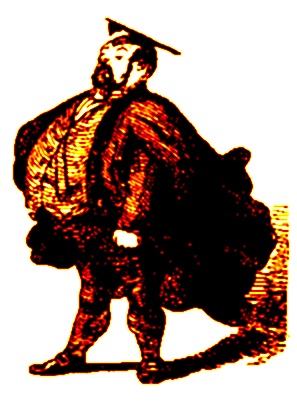 on
the internet and find samples of their work you are
willing to share and explore with the class during
a segment of the class we will call YOU'RE on
the internet and find samples of their work you are
willing to share and explore with the class during
a segment of the class we will call YOU'RE THE PROFESSOR! |
||
|
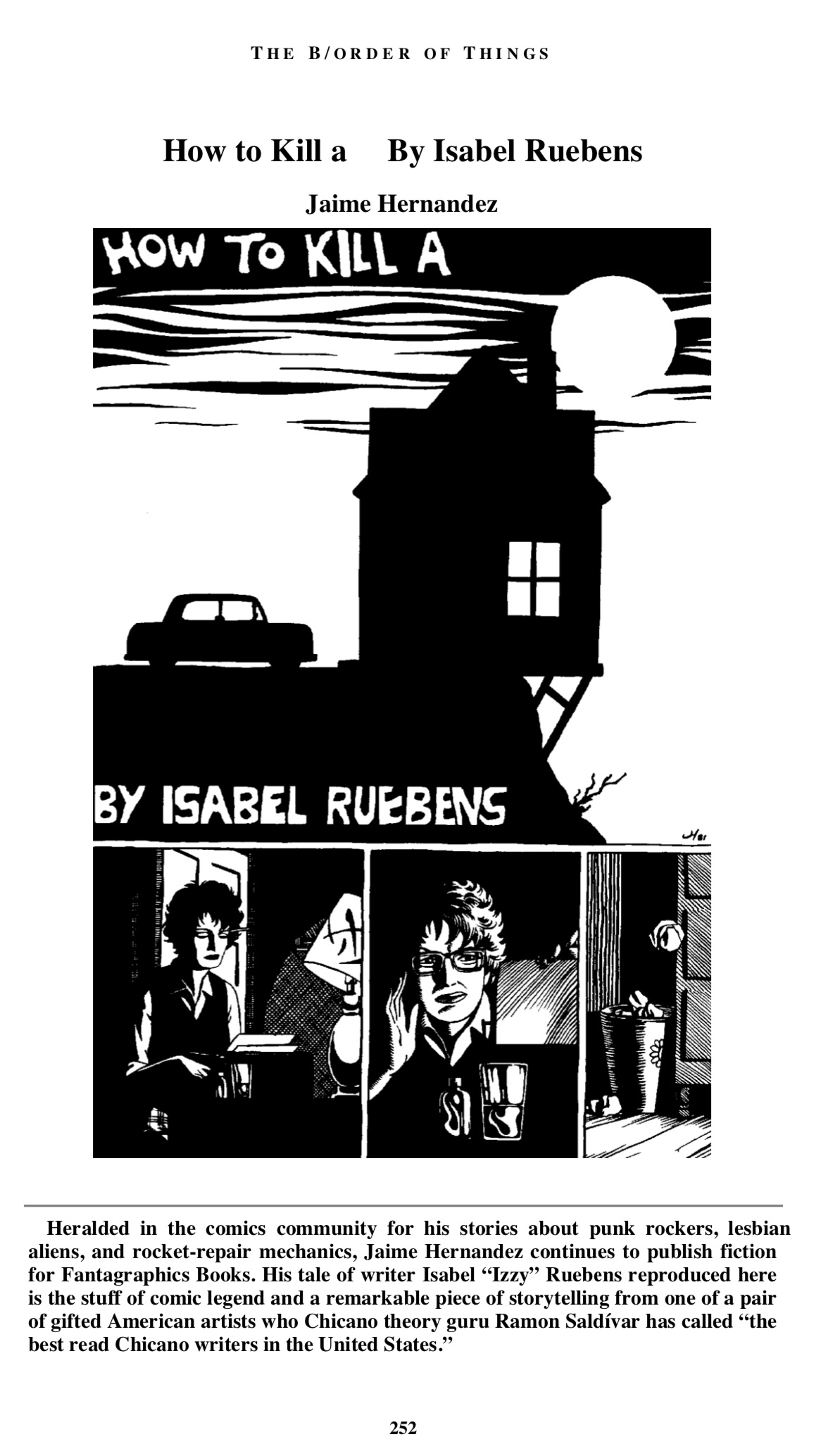 |
||
|
Tuesday, October 20, 2020 |
||
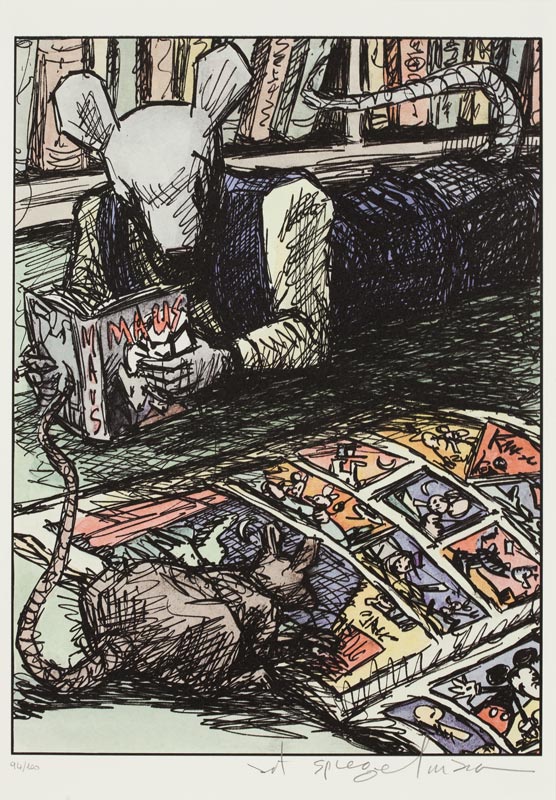 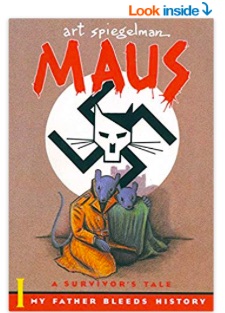 Art
Spiegelman's
MAUS, Book 1, is an extraordinary achievement in
20th century literary history--that the form, or
medium, of the story is a comic book or graphic
narrative makes it all the more rare. On the
surface, it is simple and basic enough: Art
Spiegelman, American underground cartoonist, wants
to shift gears and tell his father, Vladek's,
Holocaust survival narrative. But this simple
memoir evolves into something much more ambitious
and challeging: a memoir, a biography, a history,
and something else altogether. Read
to page 93, the end of Chapter 4 in Art
Spiegelman's MAUS, Book 1. Art
Spiegelman's
MAUS, Book 1, is an extraordinary achievement in
20th century literary history--that the form, or
medium, of the story is a comic book or graphic
narrative makes it all the more rare. On the
surface, it is simple and basic enough: Art
Spiegelman, American underground cartoonist, wants
to shift gears and tell his father, Vladek's,
Holocaust survival narrative. But this simple
memoir evolves into something much more ambitious
and challeging: a memoir, a biography, a history,
and something else altogether. Read
to page 93, the end of Chapter 4 in Art
Spiegelman's MAUS, Book 1. |
||
|
Thursday, October 22, 2020 |
||
|
What happens
this morning? First thing you do: finish reading
MAUS. For class today we will play another game of
YOU ARE THE PROFESSOR, so have a panel or a
juxtaposition of panels ready that you want to
share with the class. Do not come to the Zoom
session without having this material prepared to
share as I may be calling on students randomly.
Also read this piece from the NYTIMES,
linked in the picture here:
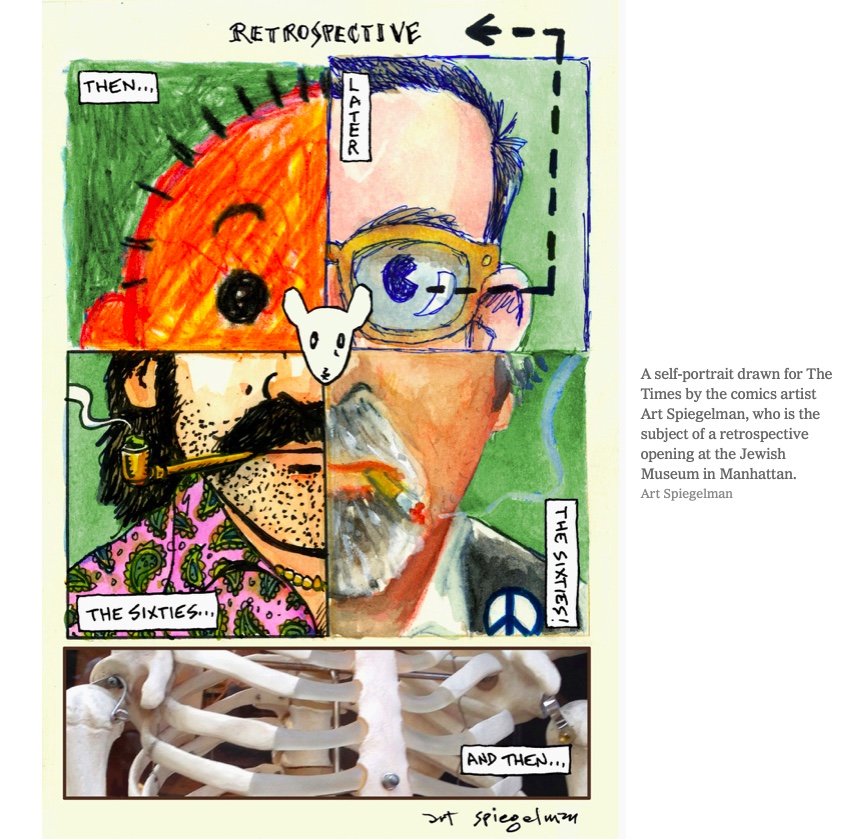 |
||
|
Tuesday, October 27, 2020 |
||
 You
begin the week filled with fear and loathing as you
know you have a Mid-Term examination on Thursday
October 29, 2020--in two days! And today, we will
spend about the last 15 minutes of class reviewing
for the exam. The best advice I have for the exam is
to have panels/pages ready in advance you want to
write about that you think are provocative,
striking, problematic, evocative, strange, out of
the ordinary, or uncanny--moreover, please AVOID
regurgitating things I have said in class. My other
advice--look at these actual final exams from
previous classes I have taught here at SDSU.
They are here--here is one;
here
is another. You
begin the week filled with fear and loathing as you
know you have a Mid-Term examination on Thursday
October 29, 2020--in two days! And today, we will
spend about the last 15 minutes of class reviewing
for the exam. The best advice I have for the exam is
to have panels/pages ready in advance you want to
write about that you think are provocative,
striking, problematic, evocative, strange, out of
the ordinary, or uncanny--moreover, please AVOID
regurgitating things I have said in class. My other
advice--look at these actual final exams from
previous classes I have taught here at SDSU.
They are here--here is one;
here
is another. For class today, read up to this point in Marjane Satrapi's EMBROIDERIES--I have to show you a picture as it is not paginated: |
||

 Today is your midterm
exam--as with all the other graded materials you
have done so far for this class, you should have
an email to your TA started so that you can start
your writing the second you receive the Exam link
via CHAT. YOU MUST BE SIGNED ONTO OUR ZOOM SESSION
TO TAKE THE EXAM--moreover, please have your
camera ON during the exam. If you CANNOT, let me
know WHY in advance via email to bnericci@sdsu.edu
|
||
Tuesday,
November 3, 2020
|
||
Election Day! No Class! Go Vote! No Class! Go Vote!   |
||
 Today
we will have an asynchronous lecture on the last
part of Satrapi's book--come back here soon for a
link to this lecture/podcast. Today
we will have an asynchronous lecture on the last
part of Satrapi's book--come back here soon for a
link to this lecture/podcast. |
||
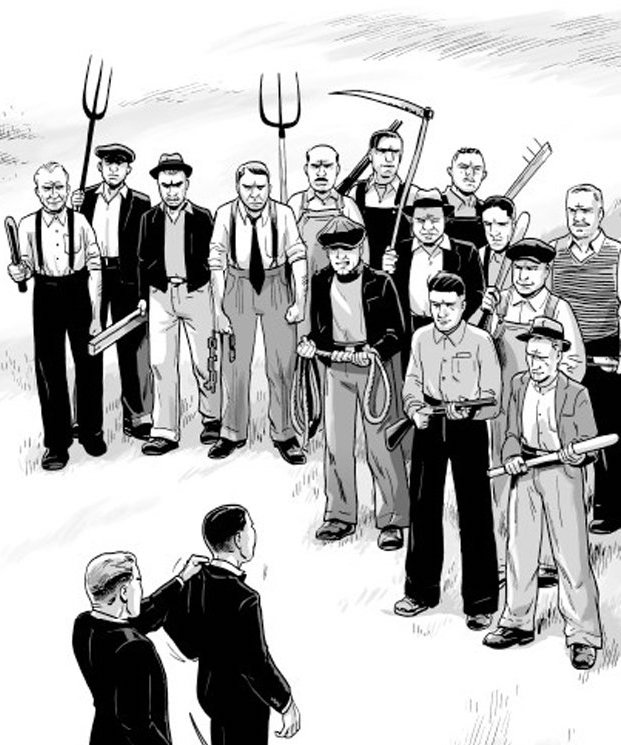  You turn on your Zoom
classroom facsimile machine and enter our virtual viruseye
classroom having read to AT LEAST page
102 of INCOGNEGRO--however, IF YOU CAN, try
to finish this recent graphic history written by Mat
Johnson and illustrated by Warren Pleece. As you
read, consider the similarities between this work
and others we have read this semester, whilst also
taking note of the differences. You turn on your Zoom
classroom facsimile machine and enter our virtual viruseye
classroom having read to AT LEAST page
102 of INCOGNEGRO--however, IF YOU CAN, try
to finish this recent graphic history written by Mat
Johnson and illustrated by Warren Pleece. As you
read, consider the similarities between this work
and others we have read this semester, whilst also
taking note of the differences. Beware as you read! 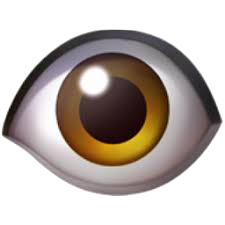  This work grapples with issues that have filled the news of late, especially with regard to raging debates including Black Lives Matter, systemic racism, and social justice. As you read, incorporate what you know about these movements and issues to your experience of the book; at the same time, allow your experience of other graphic works we have studied this semester to suffuse your understanding of Johnson and Pleece's stunning project. |
||
  Finish your reading of
INCOGNEGRO for today--during our zoom session we may
or not be continuing our discussion of it as we will
be having a surprise guest lecture by Zeal Harris,
who is the SDSU
Arts Alive Artist in Residence for 2020-21.
More on her and her work here
and here. Finish your reading of
INCOGNEGRO for today--during our zoom session we may
or not be continuing our discussion of it as we will
be having a surprise guest lecture by Zeal Harris,
who is the SDSU
Arts Alive Artist in Residence for 2020-21.
More on her and her work here
and here.What will we be doing in class? Here are your specific instructions: 1. Fill out this form and email it to artsalivesdsu@sdsu.edu 2. In the first part of class, Zeal Harris will hit us with a slide show presentation of her work and the work of other artists who use narrative art to tell stories. 3. Next we will engage in a 5-10 min activity where students think about and do the prompts on this slide: 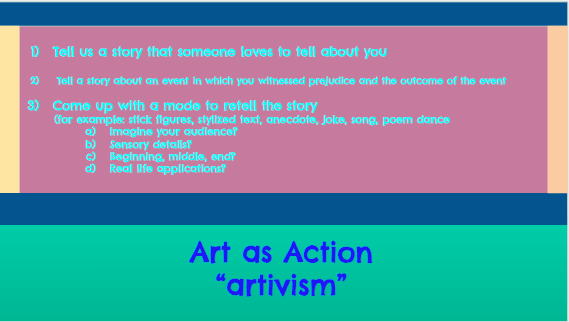 4. 10 mins share out and general Q & A with any questions that students want to ask our visiting artist. |
||
|
|
||
Thursday,
November 19, 2020
|
||
 Finish
reading
MAN-EATERS #1--come to our Zoom session with an ad
from the
book you are ready to dissect, analyze, assess,
break down, etc. We
will do so in a segment of the class you've grown to
love ..."You're
the Professor."
|
||
|
Tuesday November 24, 2020 |
||
|
Thanksgiving
Week--No Class!
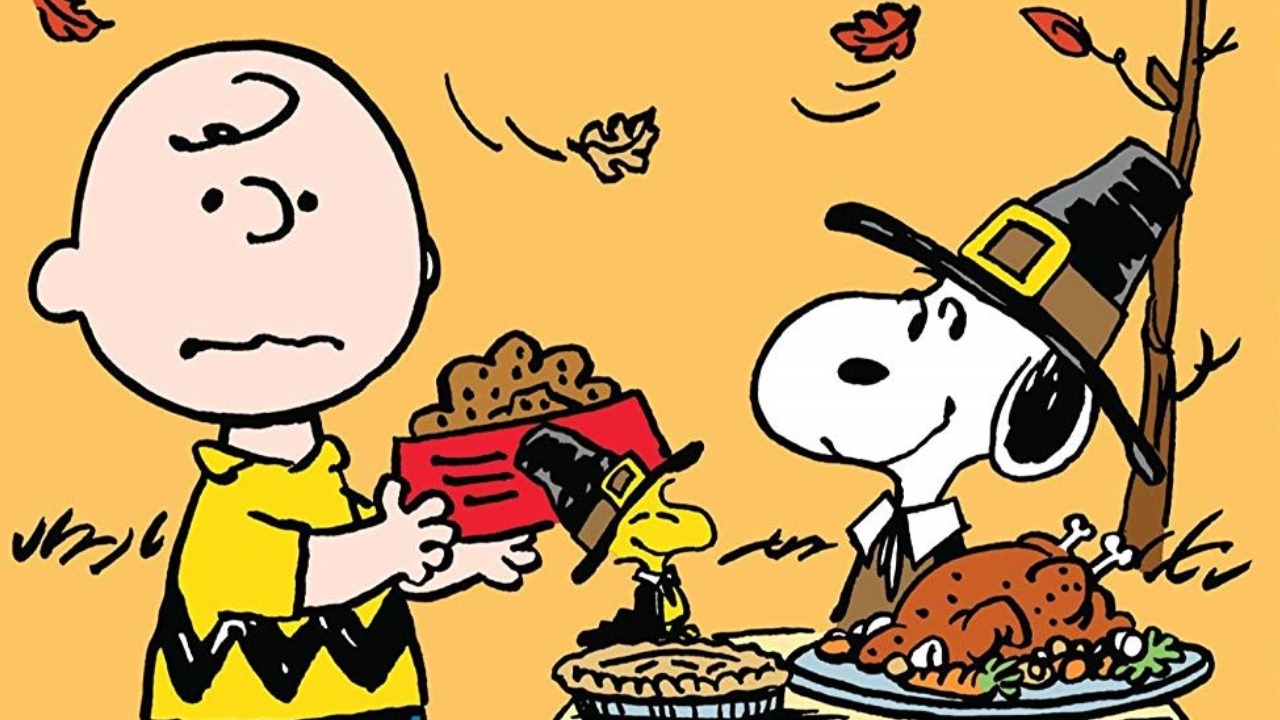 |
||
|
Thursday, November 26, 2020 |
||
|
Thanksgiving--No
Class!
 |
||
| Here are a couple of pages from The San Diego Union Tribune Comics
page--while you are on Thanksgiving break, check out the comics pages of your
local newspaper if you have the chance. |
||
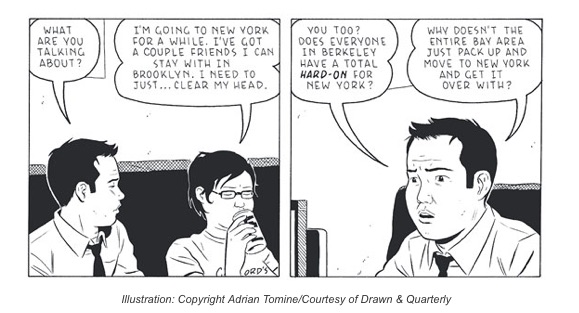  And
then, it was over. We reach the end of the line with
our final comic
book of the semester. And we end with an amazing
little piece of
graphic narrative fiction, a deceptively simple
meditation on, like
Clowes's GHOST WORLD, life on the threshold of
change. Turn on our Zoom
session having read up to page 74--the end of
chapter 2. In addition,
and required!, read/listen to these two interviews
with Tomine
(pronounced toe-MEEN-ah) --here
and here. And
then, it was over. We reach the end of the line with
our final comic
book of the semester. And we end with an amazing
little piece of
graphic narrative fiction, a deceptively simple
meditation on, like
Clowes's GHOST WORLD, life on the threshold of
change. Turn on our Zoom
session having read up to page 74--the end of
chapter 2. In addition,
and required!, read/listen to these two interviews
with Tomine
(pronounced toe-MEEN-ah) --here
and here.
|
||
  Finish
your reading of
SHORTCOMINGS. Come to class with a panel or two to
juxtapose and
analyze during our last installment of YOU ARE THE
PROFESSOR. The image above is from a Publisher's
Weekly article about Tomine and his new
book THE LONELINESS OF THE LONG-DISTANCE CARTOONIST
... a brilliant new work that you can check out here. Finish
your reading of
SHORTCOMINGS. Come to class with a panel or two to
juxtapose and
analyze during our last installment of YOU ARE THE
PROFESSOR. The image above is from a Publisher's
Weekly article about Tomine and his new
book THE LONELINESS OF THE LONG-DISTANCE CARTOONIST
... a brilliant new work that you can check out here. |
||
 |
||
| |
||
|
|

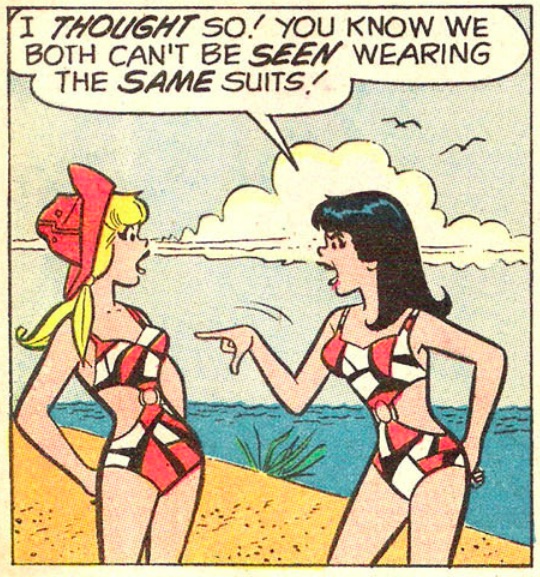
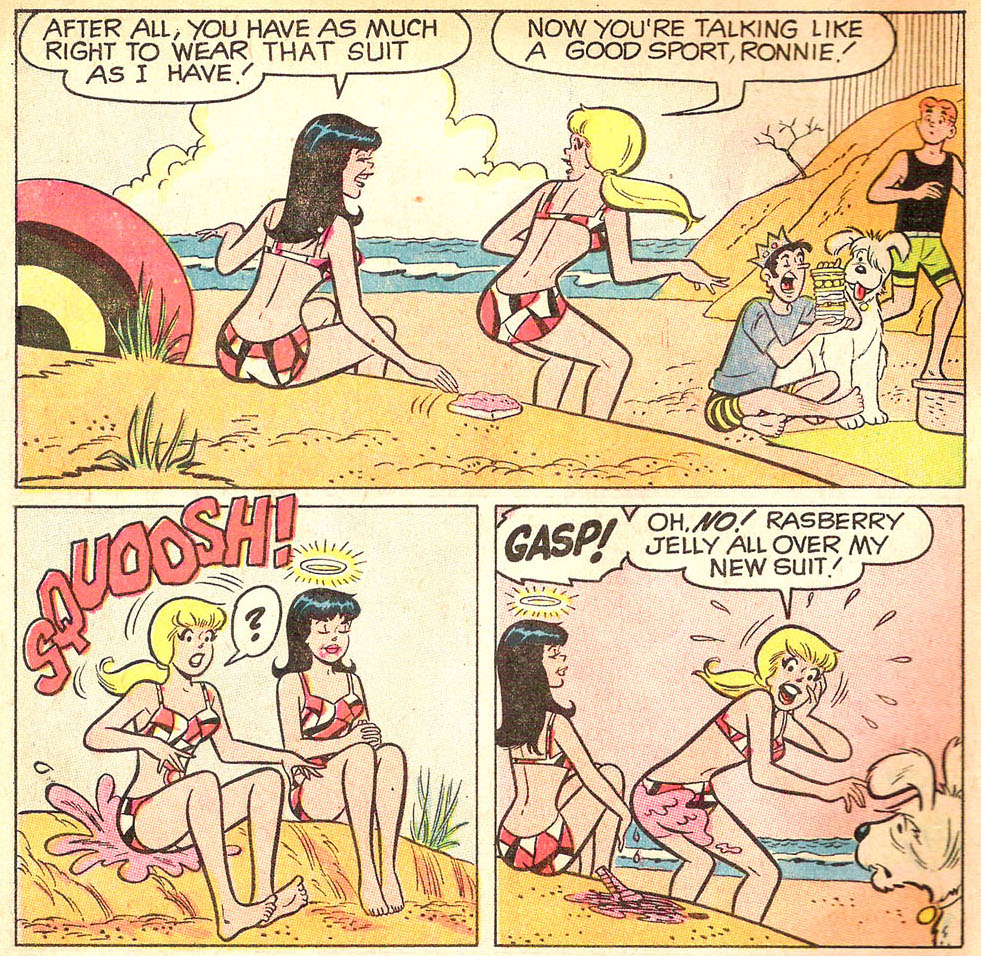


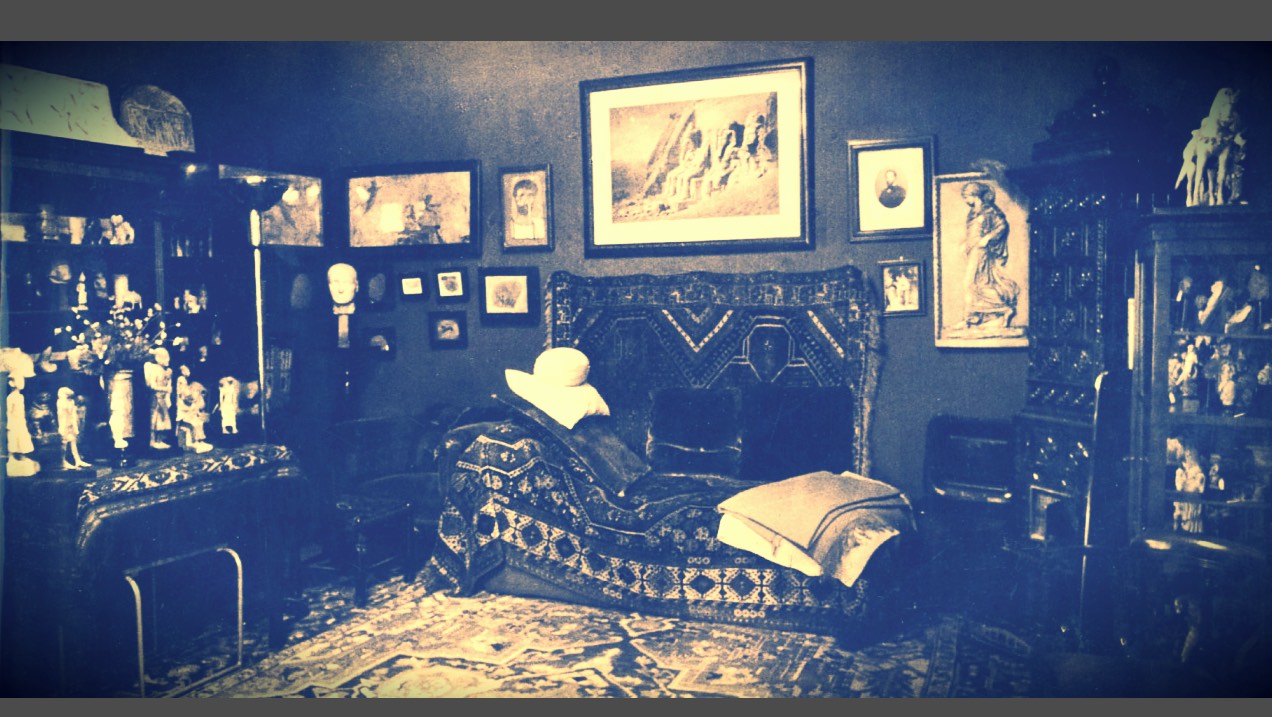

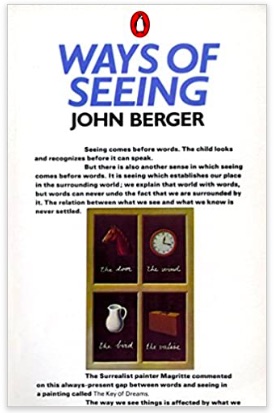 I
can hear it all ready from the cheap
seats... "That's too much reading,
Professor."
I
can hear it all ready from the cheap
seats... "That's too much reading,
Professor." 
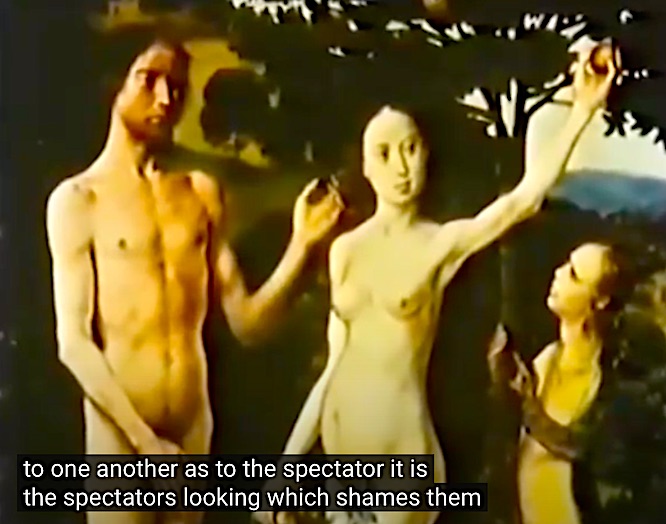
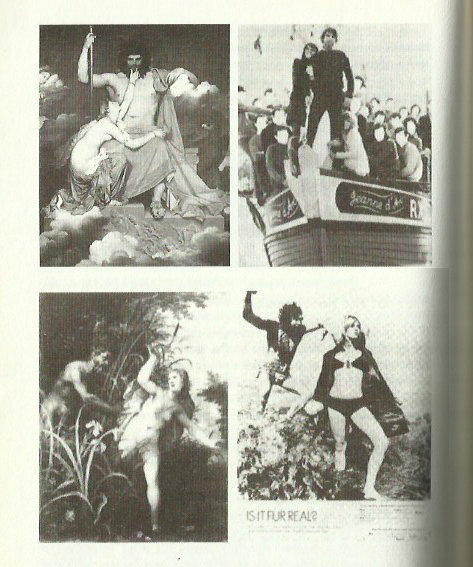
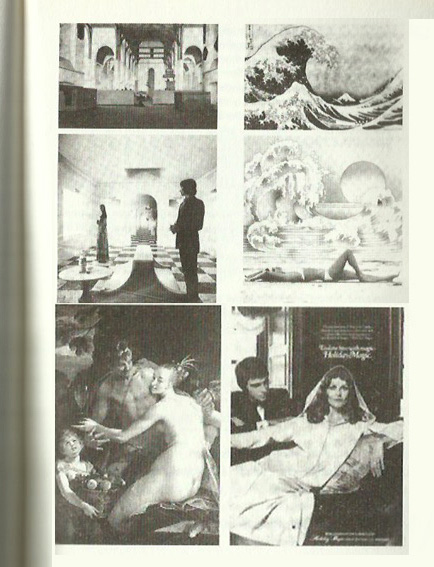
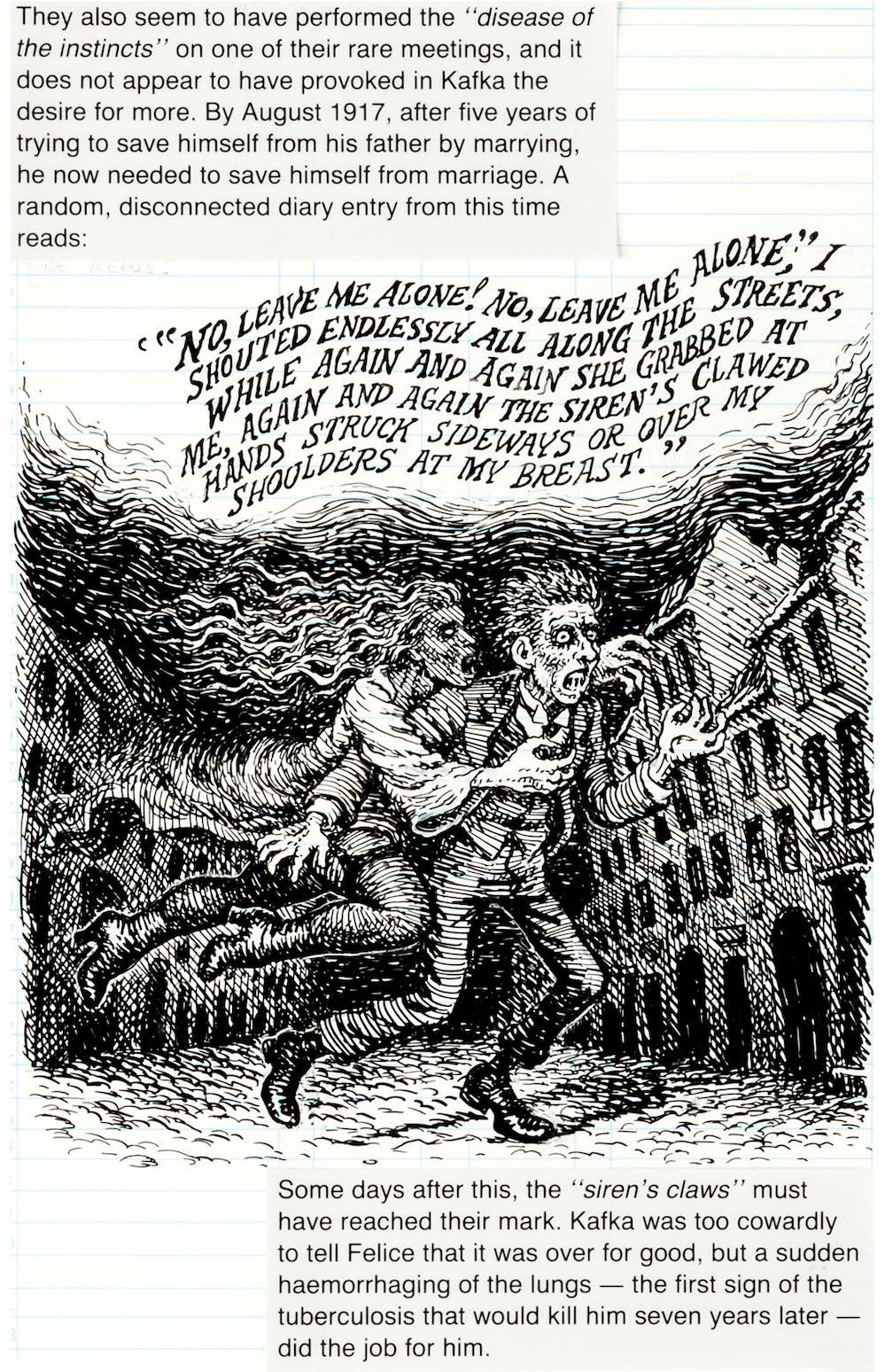


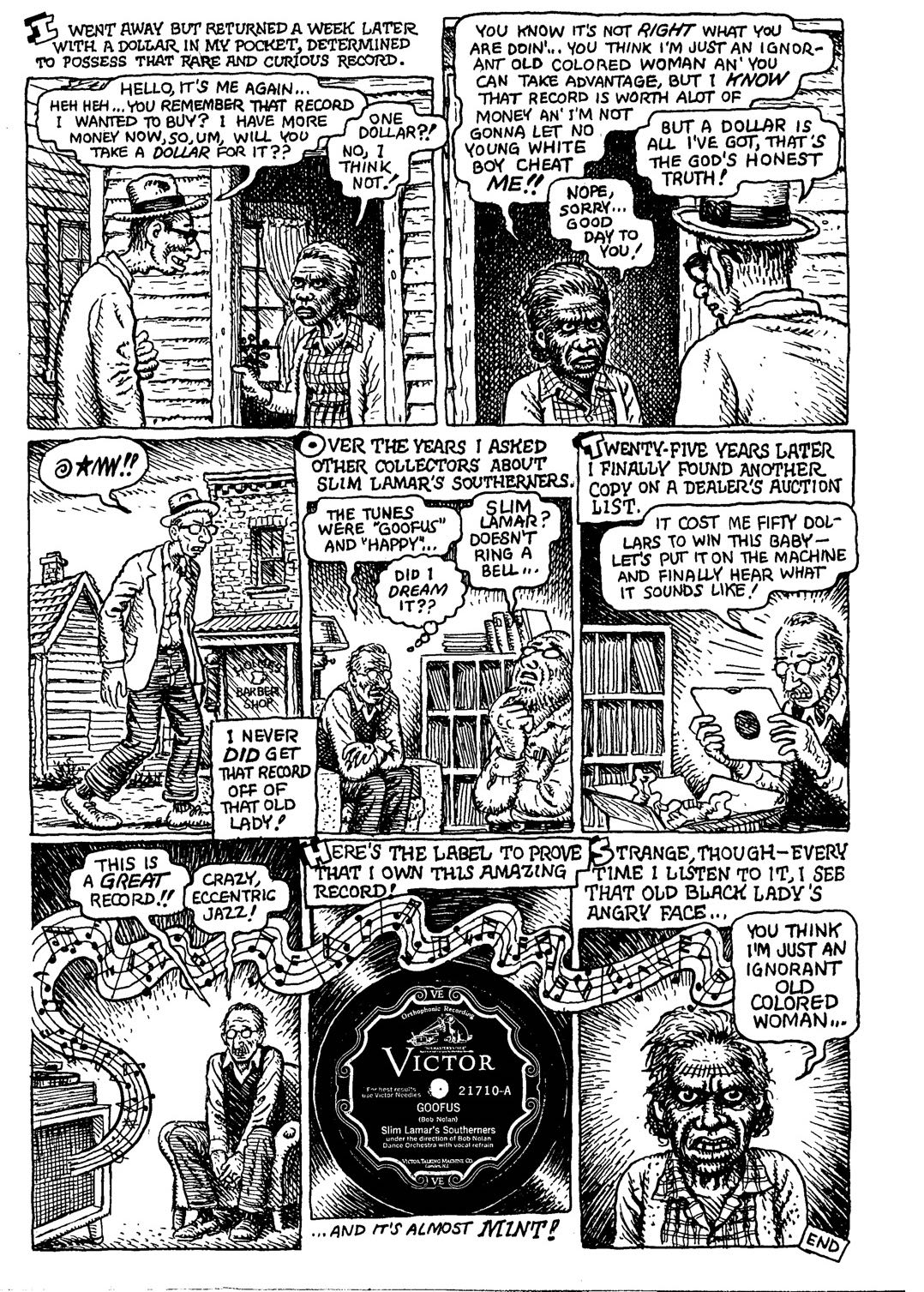
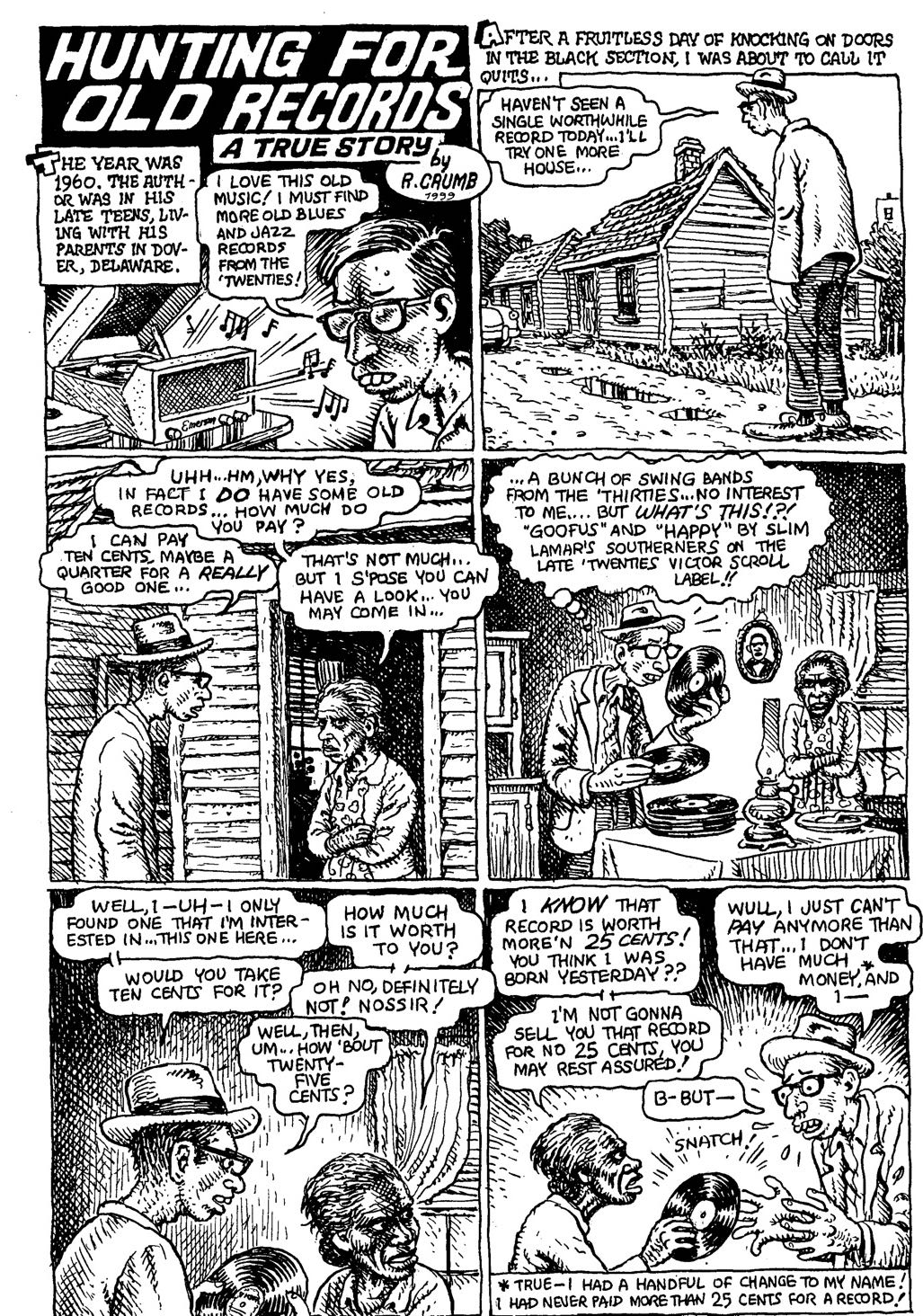
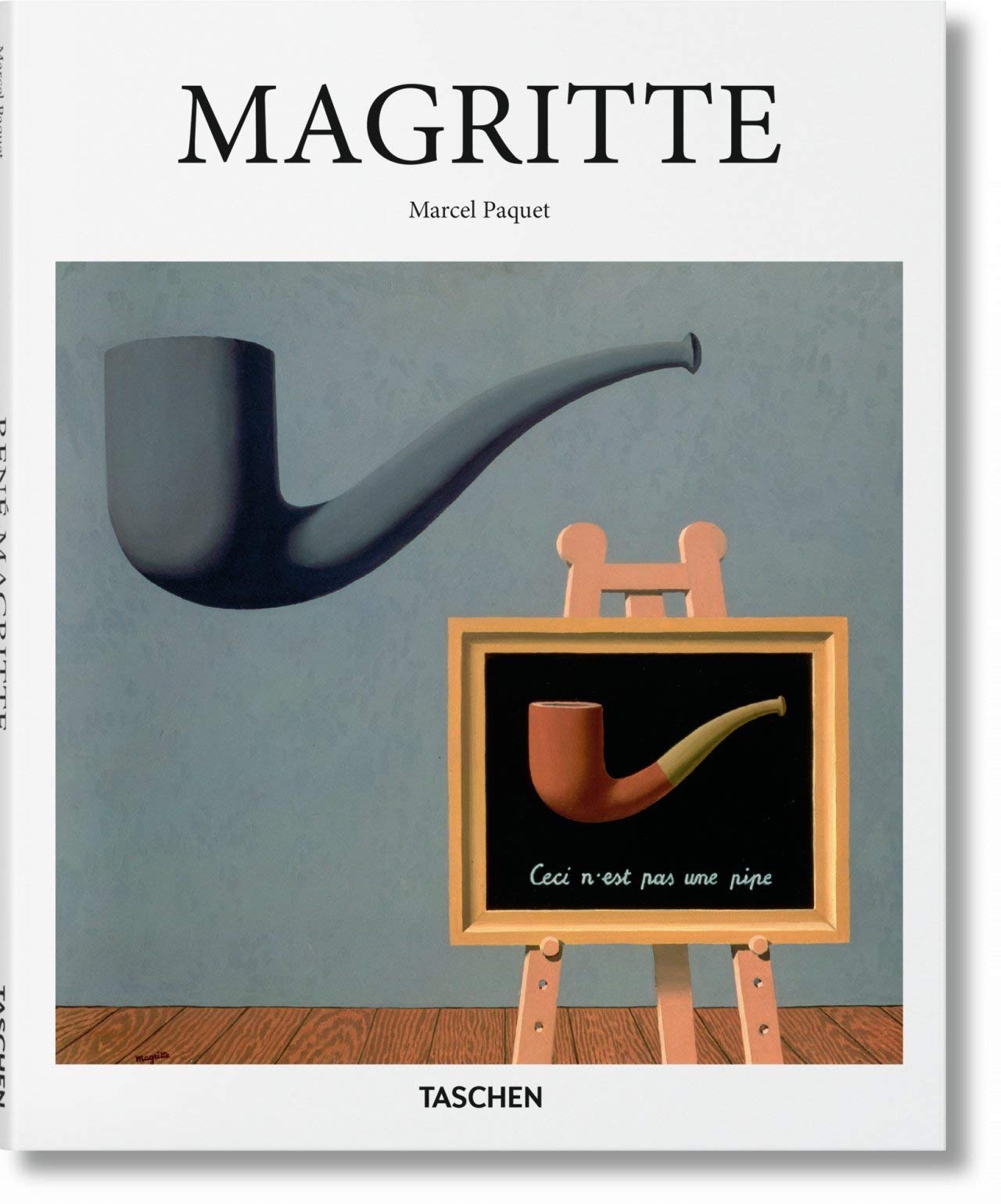
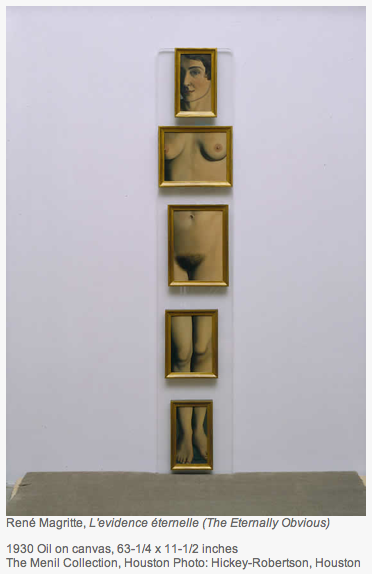
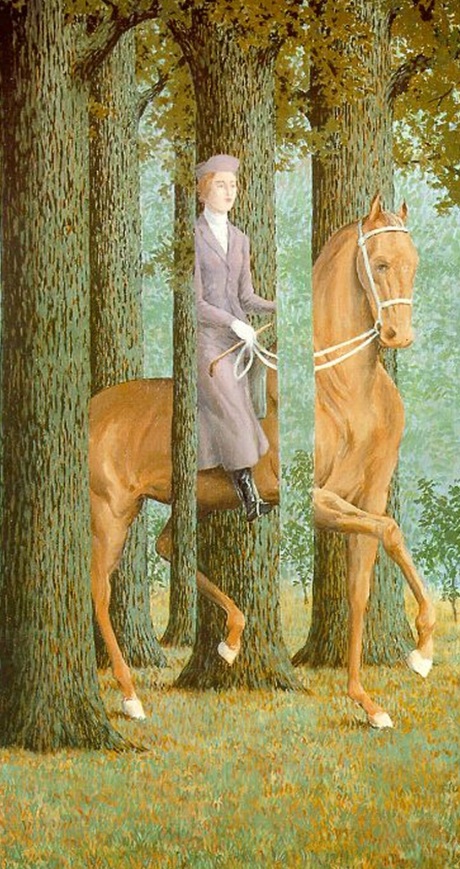

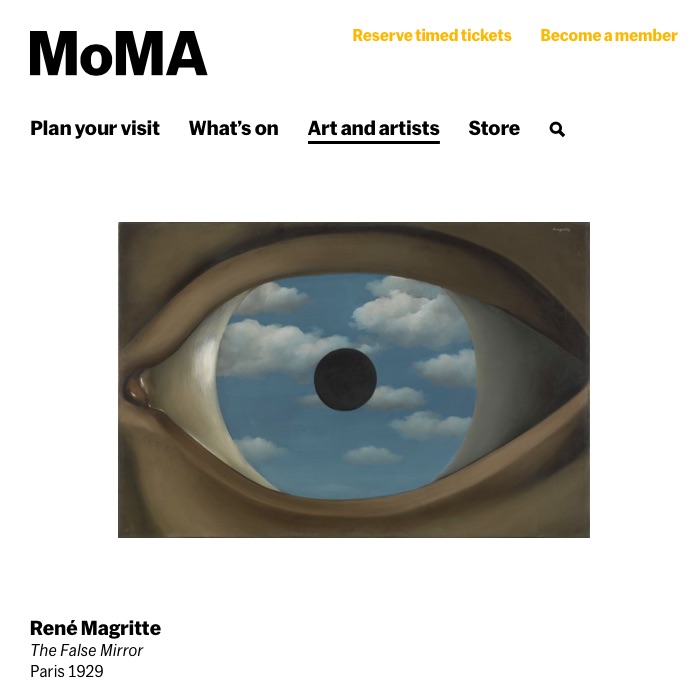
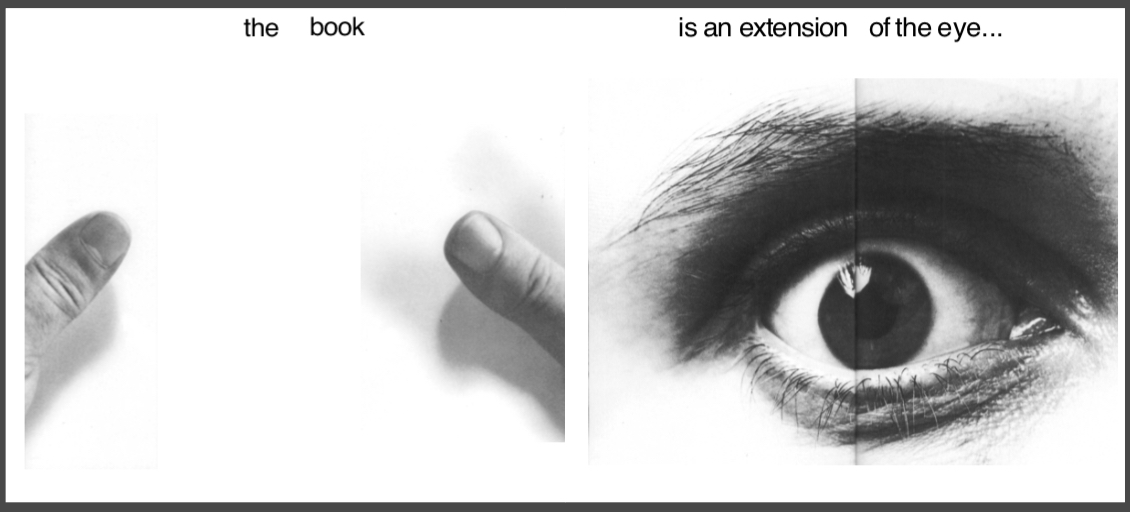
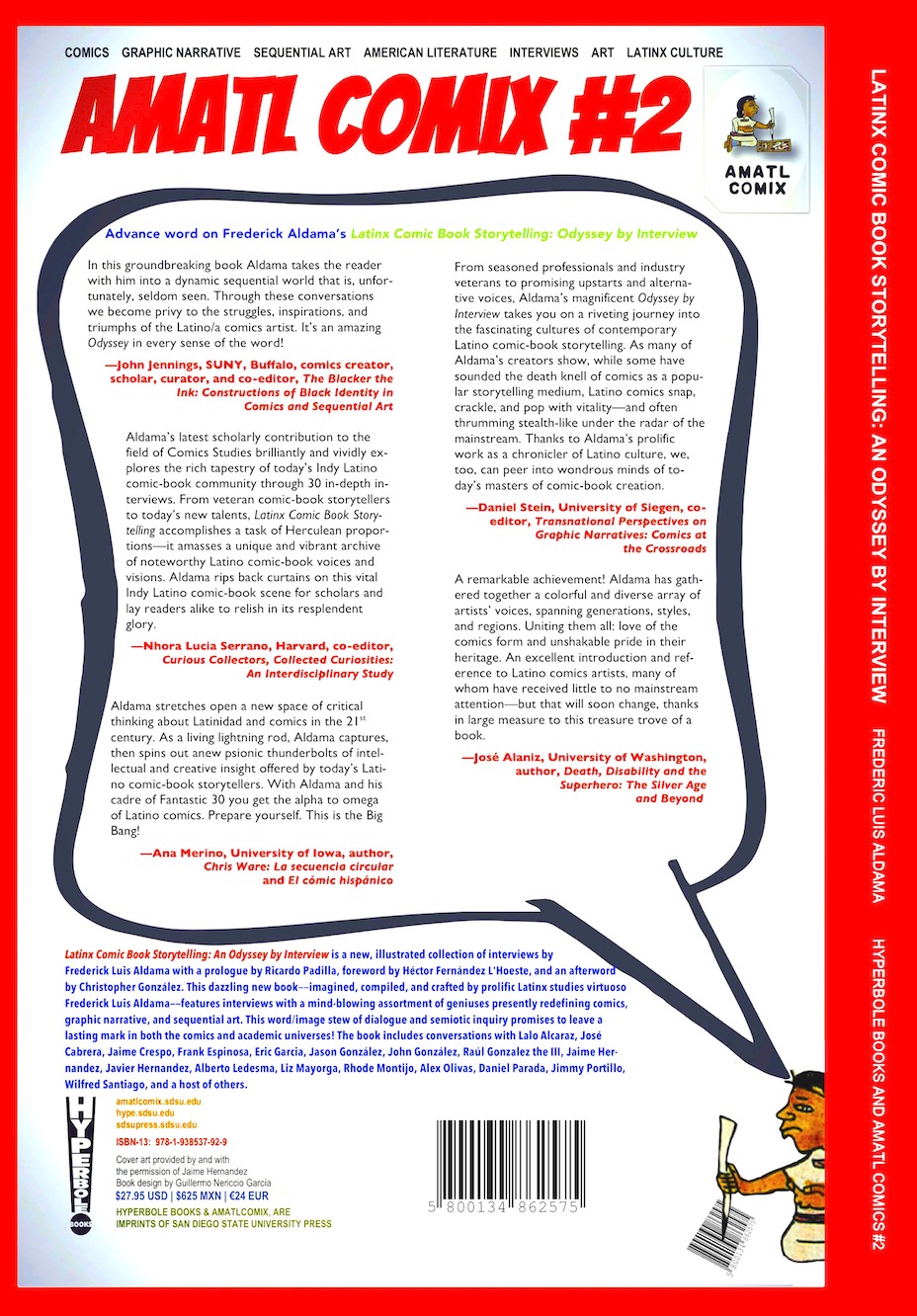 Walk into class (aka your virtual
holodeck called Zoom!) having finished your reading
of Aldama's collection of artist interviews and
profiles. In addition to this reading, carefully
study
Walk into class (aka your virtual
holodeck called Zoom!) having finished your reading
of Aldama's collection of artist interviews and
profiles. In addition to this reading, carefully
study 